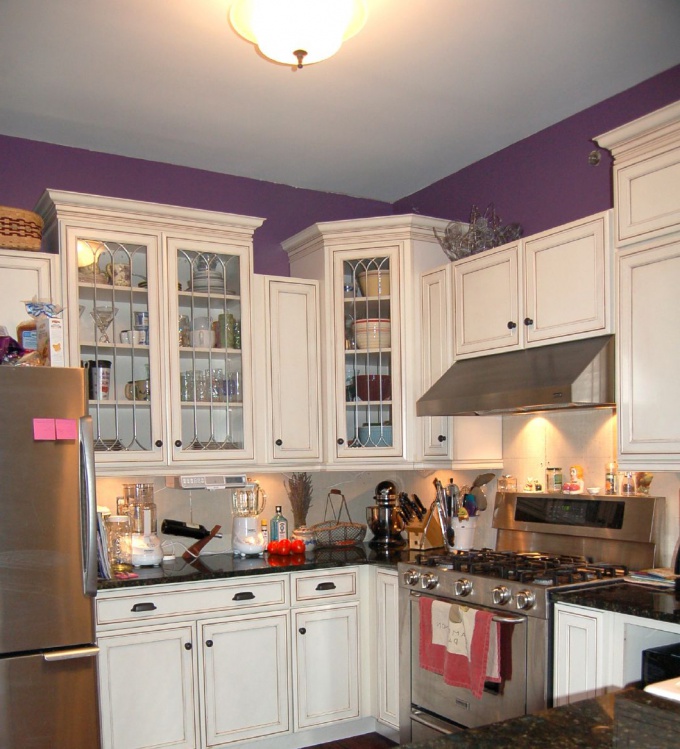Instruction
1
So, start your choice drawing with its shape. The hood can be recessed, flat or domed. Flat mounted on a wall, they have no choice in ventilation, and they are equipped with a fan and filter. They are quite inexpensive, and their appearance is quite attractive. The downside is they are quite noisy and work at the same time, they have little power. Their filters need to be changed frequently. This option should be preferred to those who could not make withdrawal of air in ventilation.
2
Another form of extracts embedded. They are mounted in a hanging Cabinet directly over the stove. This Cabinet hides the ventilation pipe. These hoods can be retractable. In this case, the panel of the hood extends to the time while preparing dinner. These hoods hinged more expensive, but they much preferred them. To choose a range hood, if you don't like looking at the ventilation pipe, and if the plate is far away from the vents.
3
The dome hood is quite ergonomic, they do not require replacement filters, and not violate the overall appearance of the kitchen. They can be as all-metal and metal with wood or glass finish.
4
In addition to the aesthetic component, pay attention to technical parameters such as performance, power, and so on.
The output of the unit is its main indicator. Performance is calculated from the volume of air that is given for a certain period of time. By Russian standards, all the air in the kitchen needs to change in an hour 10 times. So count the power of his drawing outcomes from the amount of food multiplied by 10. Shallow drawing can surpass 300 cubic meters per hour, more powerful – up to 1,000 cubic meters. On average Russian kitchen hood requires a power of about 500-600 cubic meters per hour.
The output of the unit is its main indicator. Performance is calculated from the volume of air that is given for a certain period of time. By Russian standards, all the air in the kitchen needs to change in an hour 10 times. So count the power of his drawing outcomes from the amount of food multiplied by 10. Shallow drawing can surpass 300 cubic meters per hour, more powerful – up to 1,000 cubic meters. On average Russian kitchen hood requires a power of about 500-600 cubic meters per hour.
